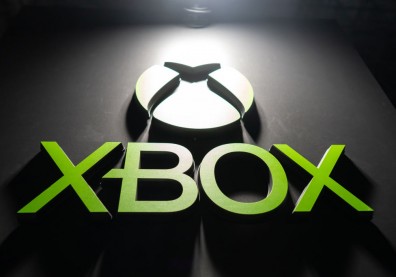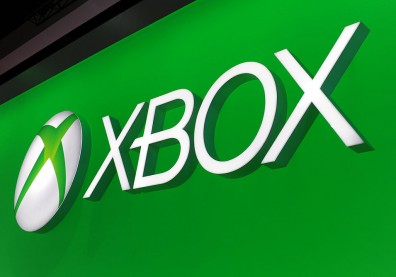Microsoft's Project Scorpio has received a ton of speculations in the past few months. With much of its finer details still unknown, the new flagship game system is expected to launch in less than a year. As the target date approaches closer, it has been a noted trend for official documents to reach the public eye. Coincidentally, a somewhat significant leak has been spotted by some users, which reportedly confirms some of rumors surrounding the console.
According to some sources, the leaked official documents were distributed to developers sometime during the E3 2016 event. Game Rant points out that these sources went ahead and verified the information and confirmed that it is in fact authentic. Readers who were religiously following previously rumored details will most likely be not surprised. Nevertheless, for those who just recently developed interest with the Scorpio, the details should be quite interesting.
The Project Scorpio sports a GPU processing power that is roughly 4.5x that of the Xbox One. It reportedly runs at 6 teraflops with a L2 cache 4x times larger than its predecessor. Sources speculate that the new Microsoft game system will mostly likely use an AMD Polaris unit. However, the console could also possibly employ the AMD Vega, which only uses a few computing units.
The Scorpio will no longer come with an ESRAM, which was responsible for faster computing on the Xbox One. However, since all incoming games for the new system are required to also work on the older console, Microsoft requires developers to still take the ESRAM feature into consideration. Ubergizmo says the new game system will also feature a Delta Color Compression technology paired with its GPU system. It is reported to be a lossless compressor that lowers bandwidth usage within the graphics processing unit.
The leaked document about the Project Scorpio appears to flag the upcoming console's power as higher than the PS4 Pro. However, its claim of being a "True 4K" machine remains to be seen, as sources analyzing the leaked specifications conclude that some elements contradict Microsoft's claim.









